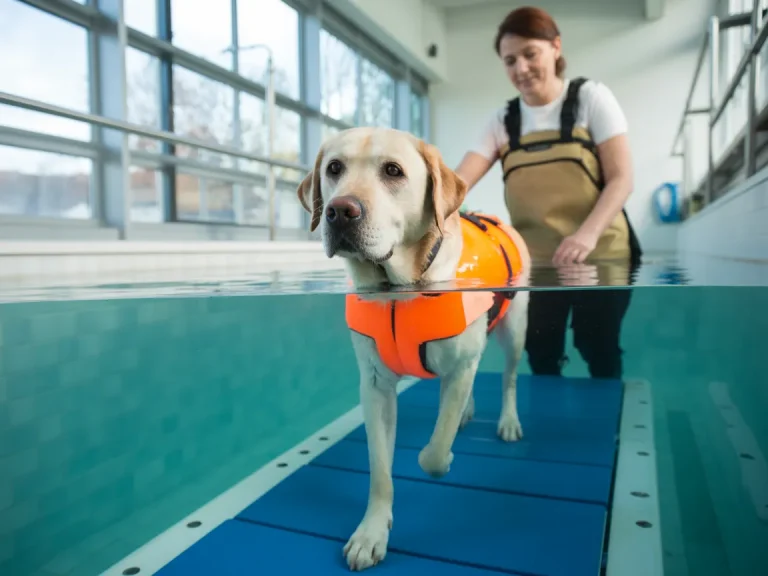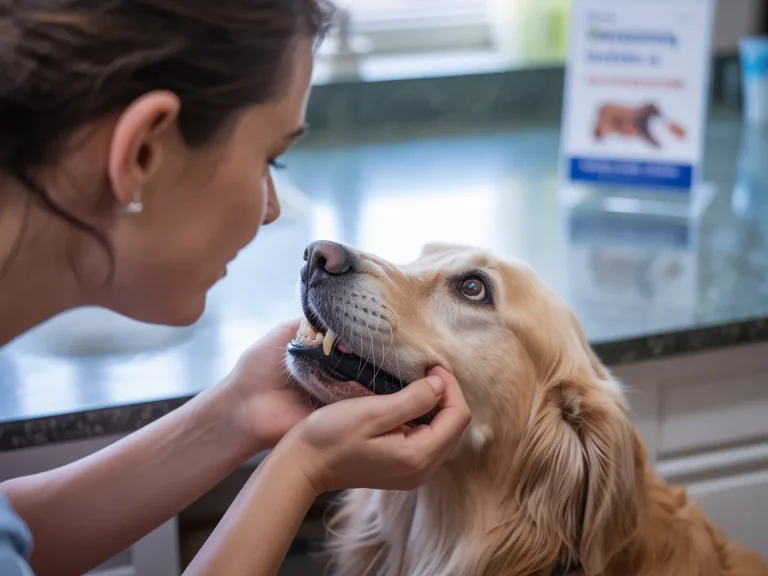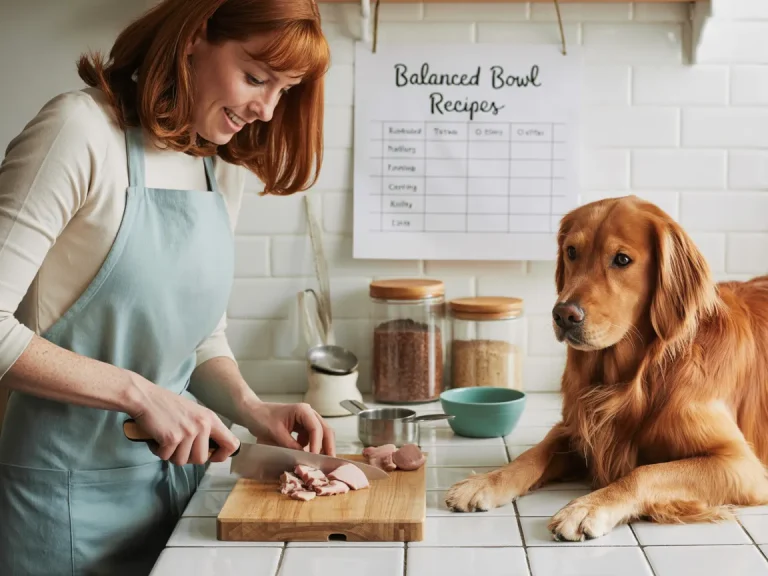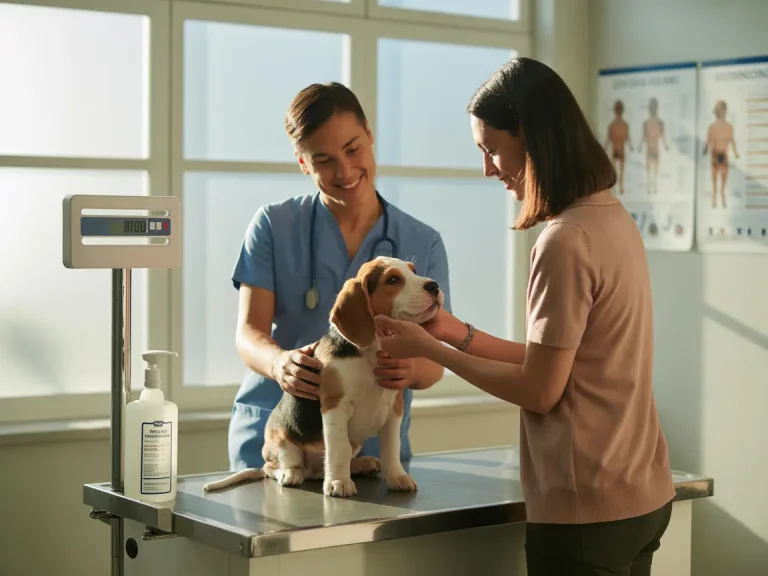Keeping your dog healthy starts long before they rocket across the park like a furry comet. Vaccinations are the quiet armor that keep trouble at bay—from first puppy shots to adult boosters. With a simple, vet-guided schedule, you’ll protect your buddy from serious illnesses and set them up for a long, tail-wagging life. In this guide, I’ll lay out the essentials step by step, so you can feel confident about every jab and booster along the way.
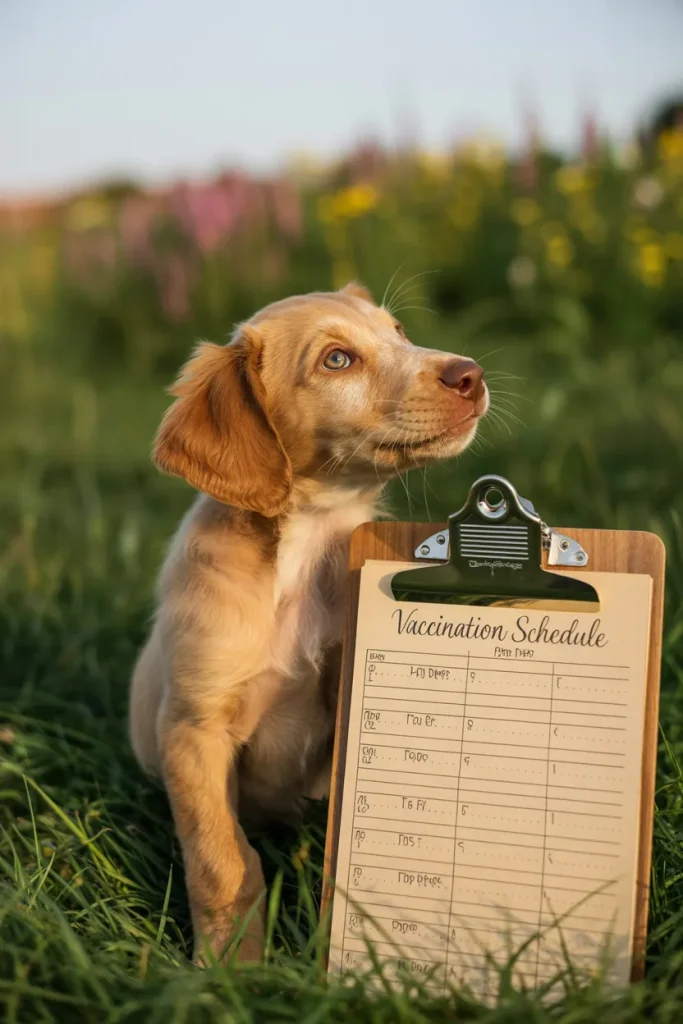
Why Vaccinations Matter
Think of vaccines as training sessions for the immune system. They help your dog recognize bad guys without getting sick, so when real germs show up, your pup’s defense team is already in formation. That means stronger immunity over time, fewer outbreaks in your community, and fewer “uh-oh” vet bills. Not bad for a quick visit and a treat, right?
Core vs. Non-Core Vaccines
Every dog needs the basics, but some pups need extra protection based on how and where they live. City socialite? Country puddle-jumper? Frequent boarder? The plan shifts with the lifestyle, not just the leash length.
Core Vaccines
Core vaccines are the must-haves for all dogs, no matter the postcode.
DHPP (Distemper, Hepatitis/Adenovirus, Parvovirus, Parainfluenza): Often combined in one shot, this series guards against four heavy-hitters that can be life-threatening—especially for puppies. Think of it as your dog’s everyday seatbelt.
Rabies: Required in most places and vital for protecting both pets and people; see CDC rabies prevention guidance. It’s non-negotiable, and for good reason.
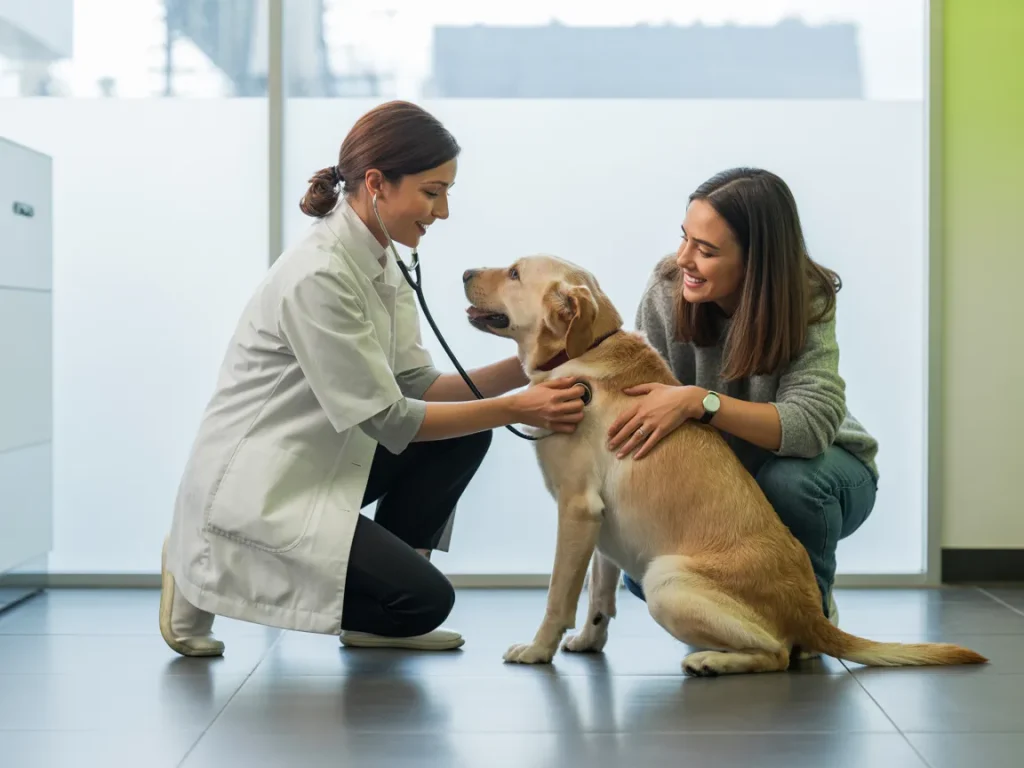
Non-Core Vaccines
Based on risk factors like geography, kennel exposure, and lifestyle, your vet may suggest adThese are tailored to risk. Your vet will help you decide what fits your dog’s routine.
Leptospirosis: Smart for dogs who love sniffing around standing water or wildlife trails. It protects kidneys and liver from a nasty bacterial infection.
Bordetella (kennel cough): Great for social butterflies who visit groomers, daycare, or boarding. It won’t turn your dog into a hermit, just a safer socialite.
Lyme disease: Important where ticks are common. It helps prevent joint pain and potential kidney trouble—worth it if you’re hiking fields or forest paths.
Crafting the Perfect Puppy Vaccination Schedule
A well-structured vaccine schedule ensures puppies develop strong immunity without oPuppies grow fast, but their immune systems need a measured pace—like building a house brick by brick, not all at once. Here’s a typical timeline your vet may adjust for your pup:
6–8 weeks
First DHPP dose.
10–12 weeks
Second DHPP dose.
Leptospirosis if risk is high.
14–16 weeks
Final DHPP booster.
Rabies vaccination.
12–16 months
Boosters for DHPP and rabies.
After that, most core vaccines are boosted every one to three years. Non-core boosters vary—Bordetella, for example, may be given every six months for dogs who board often. If you’re wondering, “Do we really need that extra shot?” ask yourself: does your dog’s calendar look busier than yours? If yes—groomers, daycare, dog parks—extra protection usually makes sense.
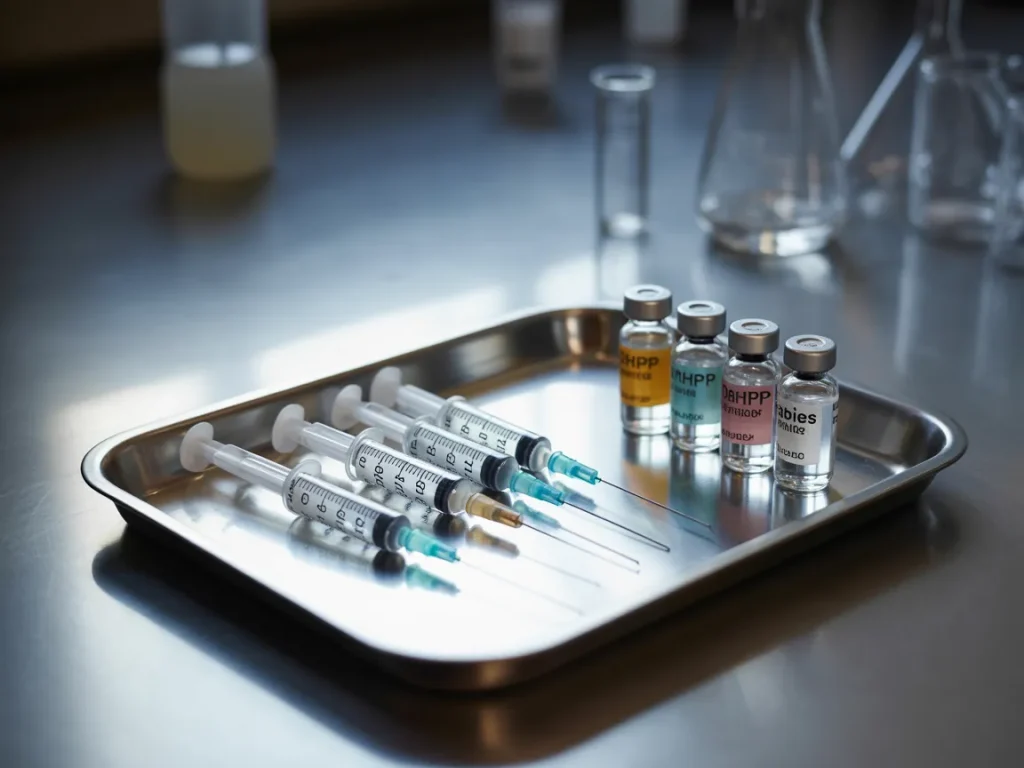
Preparing for the Vet Visit
A little prep makes the whole appointment feel easy-breezy. Do a quick home “dog health check”: if your pup has a fever, tummy upset, or just seems off, call your vet before vaccinating. Gather any past vaccine records so the team knows what’s due. Pack a small comfort kit—a favorite toy or blanket works like a security scarf—and don’t forget high-value treats to make the visit feel like a game you both win. If your dog’s ever had allergies or a weird reaction, speak up so your vet can tailor the plan; vaccinations should fit your dog like a well-tailored suit, not a one-size-fits-all.
Step-by-Step Vaccination Process
Here’s what typically happens, so you’re not left guessing. First, the vet weighs your dog and gives a quick once-over to be sure they’re healthy enough for shots. The vaccine is prepped using sterile, single-use supplies—simple, clean, routine. Most injections go just under the skin between the shoulder blades; it’s fast, and most dogs barely flinch (especially if they’re busy crunching a treat). Afterward, you’ll hang out for 10–15 minutes so the team can make sure your pup’s doing fine. Then everything gets logged—vaccine name, batch number, date—so your records are rock solid for future puppy shots and boosters.
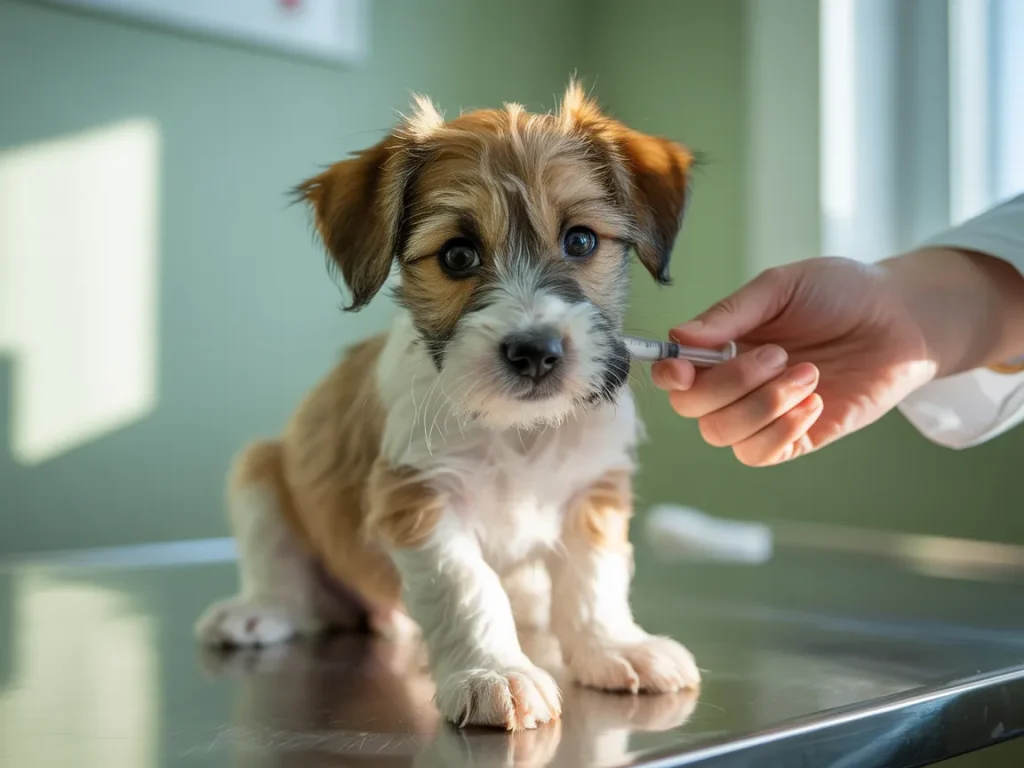
Aftercare and Monitoring
Post-vaccine day is all about calm and snacks. Keep activity light for 24–48 hours; think cozy naps over agility courses. Mild sleepiness, a tender spot at the injection site, or a smaller appetite can happen and usually fade quickly. If you ever see swelling, hives, vomiting, or breathing trouble, call your vet right away—better to overreact than under-react. Set a reminder for the next booster now (phone alerts or a fridge note both work) so staying on schedule feels effortless.
Integrating Vaccinations into Overall Dog Health Tips
Shots are one pillar of pet health, not the whole house. Feed a balanced diet to support the immune system, keep daily walks steady to move blood and boost resilience, stay on top of flea, tick, and worm prevention, and don’t skip dental care—clean teeth are a quiet hero for whole-body wellness. When vaccinations sit alongside these habits, your dog’s long-term health isn’t just good—it’s sturdy. That’s the real “dog health check” that pays off year after year.
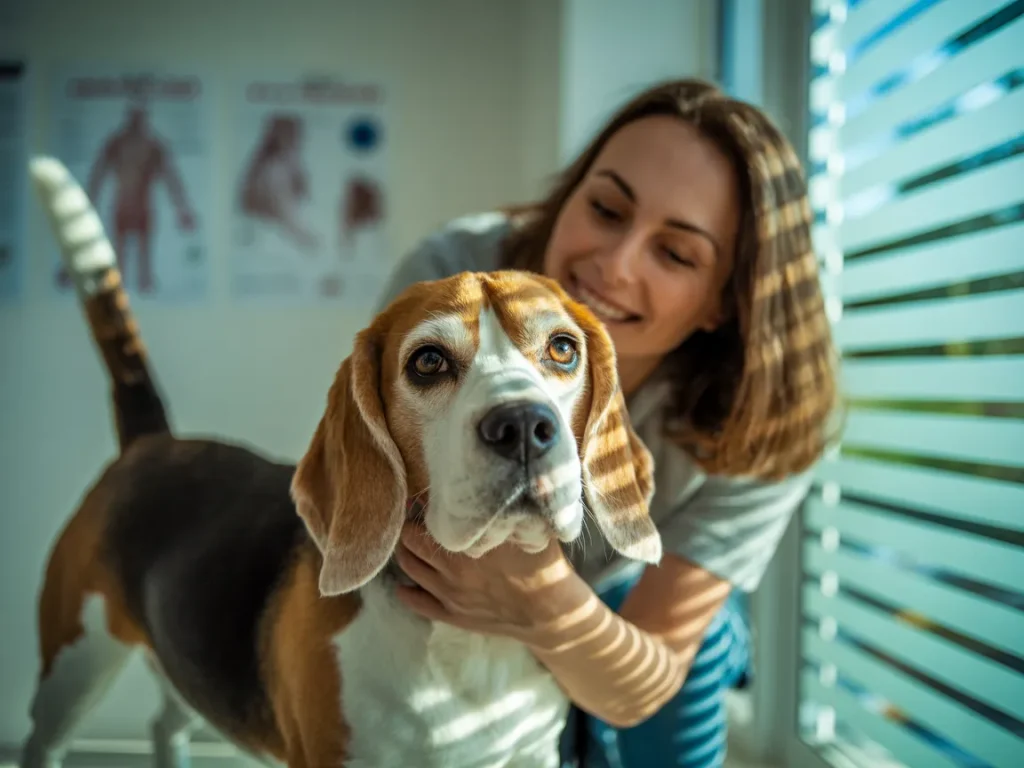
Common Myths and Misconceptions
“Too Many Vaccines Can Overload My Dog’s System”
Worried your dog’s getting “too many shots”? Modern vaccines are tiny dress rehearsals for the immune system, given in precise doses and spaced on a smart schedule. Your vet times boosters so the body learns without getting swamped—more like a study plan than a cram session. If your pup’s had a past reaction, your vet adjusts. That’s not overload; that’s tailoring.
“Indoor Dogs Don’t Need Vaccines”
Even couch-loving homebodies meet germs at the door—via visitors, a quick trip to the groomer, a curious bat in the attic, or a tick hitchhiking on your shoe. Rabies laws exist to protect the whole neighborhood, not just the adventurous dogs at the park. Indoor life lowers risk; it doesn’t erase it.
“My Dog Never Gets Sick, So I Can Skip Boosters”
Some illnesses simmer quietly, and by the time you spot trouble, treatment can be tough and pricey. Boosters keep immunity topped up—like keeping an umbrella in the trunk even when the sky’s blue. It’s cheaper, safer, and kinder than gambling on “we’ve been fine so far.”

Conclusion
Vaccinations are one of the simplest ways to stack the odds in your dog’s favor. Follow a clear schedule, pick the right mix of core and lifestyle vaccines with your vet, and you’ll prevent the heavy-hitters before they ever get a paw in the door. Put the next date in your phone, bring a great treat, and make every booster a quick win for long, happy years together.
Disclaimer: This article is for informational purposes only and does not constitute professional veterinary advice. Always consult a licensed veterinarian or certified dog trainer regarding the specific needs and health of your dog.


